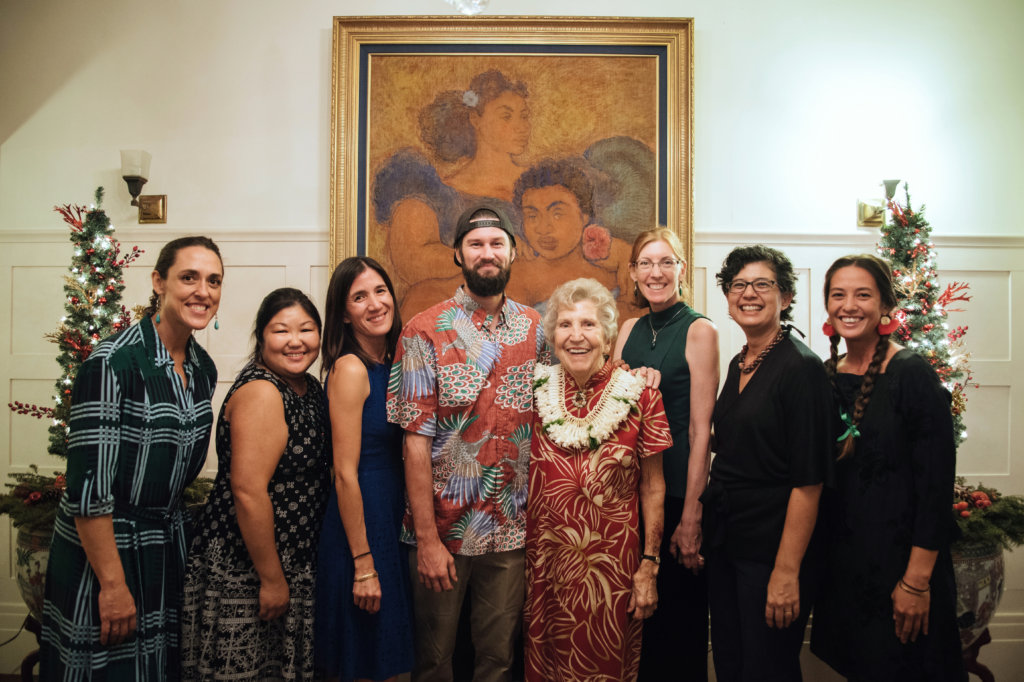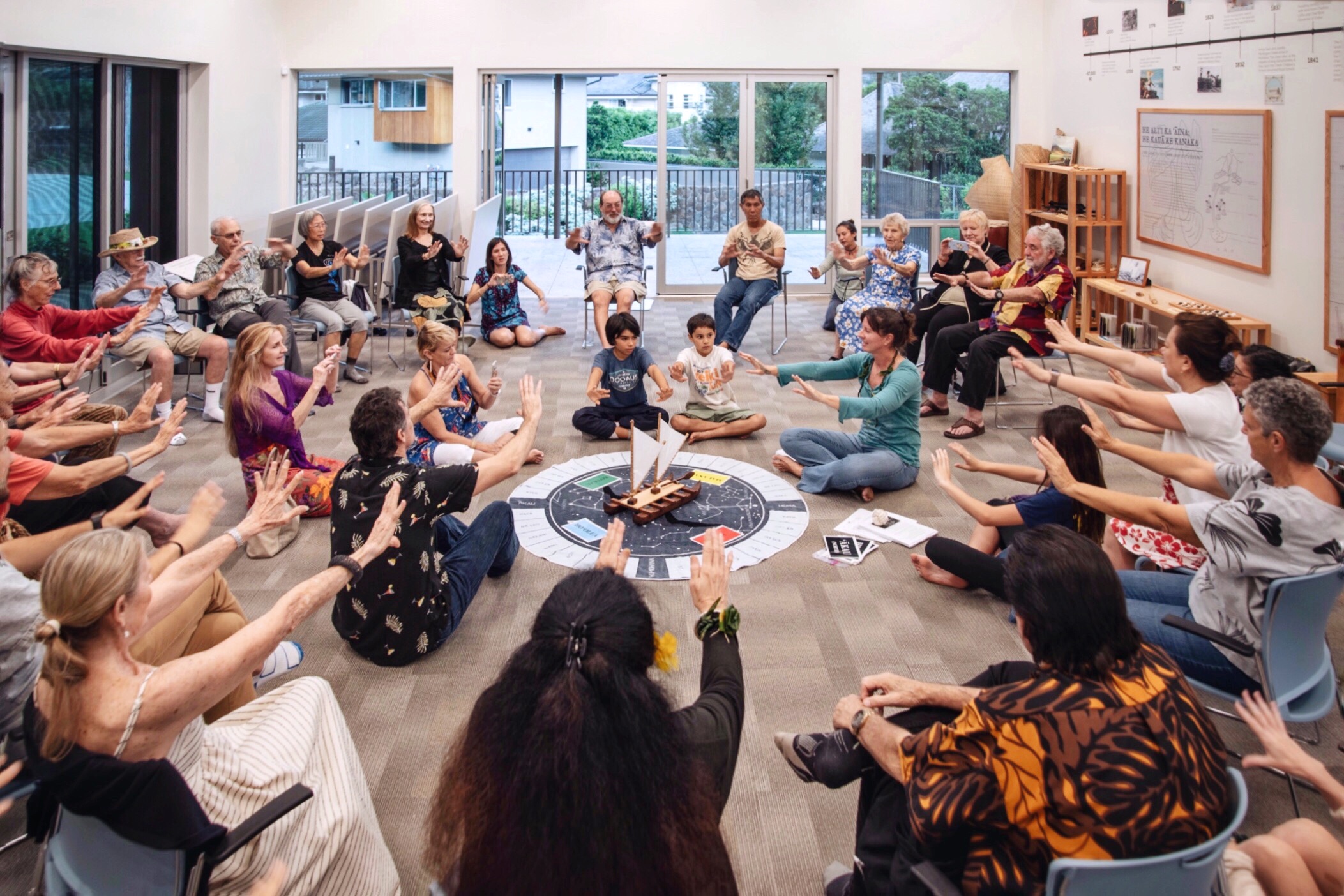Welcome to MHC@Home!
By Mānoa Heritage Center Staff

Aloha and e komo mai! Mānoa Heritage Center is excited to welcome you to our new blog, Kaʻaipū Kākou, and online learning space. A place to share and learn from each other and with each other, especially in this current time. We will also be posting fun, educational activities that you and your keiki can do at home. Keep an eye out for contributions from our volunteer ʻohana and local cultural practitioners.
Ka-‘ai-pū Kākou simply means, the eating together. In this time of physical distance, we may not be able to enjoy the bounties of the land, of life together. It is MHC’s way of continuing our community connection, as we need each other most in these uncertain times. This blog is our dinner table, and everyone is given a seat. Let us all bring our best to the “table” and eat together, the knowledge and spirits of one another so that we do not face the uncertainty alone. Let us allow wisdom to fruit-forth with inspiration to uplift one another together!
“ʻŌlelo Makuahine [Mother language/Hawaiian] place names are one way in which our kūpuna of long ago continue to speak to us today.” – Katrina-Ann Oliveira
Kaaipu is an ‘āpana (land parcel) just north of Kūkaʻōʻō. Auntie Pukui defines Kaaipu as, “the eating together,” in Place Names of Hawaii (1976). It makes us wonder: Does the name have anything to do with Kūkaʻōʻō Heiau? When was this name given and by whom? We have more questions than answers. Auntie Pukuiʻs definition struck a chord with us and we liked the idea of sharing knowledge and ideas together as a community. Bringing our neighbors in. We also like learning more about how MHCʻs site relates to places around it.
Sources
Definition of Kaaipu – Pukui, M. K., Elbert, S. H., & Mookini, E. T. (1976). Place names of Hawaii (2nd ed.). Honolulu, HI: University Press of Hawaii. p. 59
Quote from – Oliveira, Katrina-Ann R. Kapā’anaokalāokeola. (2009). Wahi a kahiko: Place names as vehicles of ancestral memory. AlterNative: An International Journal of Indigenous Peoples, 5(2), pp.111. doi.org/10.1177/117718010900500206

